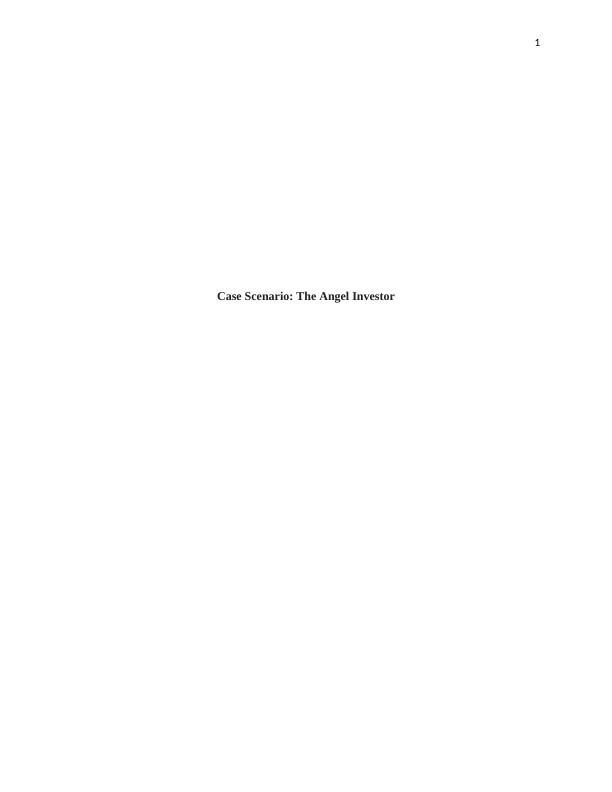Tax Benefits of Debt Financing and Financial Restructuring for Positive ROI
4 Pages855 Words286 Views
Added on 2023-05-29
About This Document
This article discusses the tax benefits of debt financing and how financial restructuring can lead to a positive return on investment (ROI). It includes a calculation of after tax Weighted average cost of capital and evaluation of investment and comparison with the return on investment. The article also explores the cases when a company requires less debt or more debt capital.
Tax Benefits of Debt Financing and Financial Restructuring for Positive ROI
Added on 2023-05-29
ShareRelated Documents
End of preview
Want to access all the pages? Upload your documents or become a member.
Cost of Capital Models
|5
|814
|45
Weighted Average Cost of Capital (WACC) - Assignment
|13
|2835
|250
Weighted Average Cost of Capital
|9
|1498
|33
Finance: WACC Analysis for Exxon Mobil
|6
|706
|230
Calculating WACC for Kapusa plc - Corporate Finance Question
|5
|545
|368
Capital Budgeting Decision: NPV vs IRR
|11
|1361
|57


